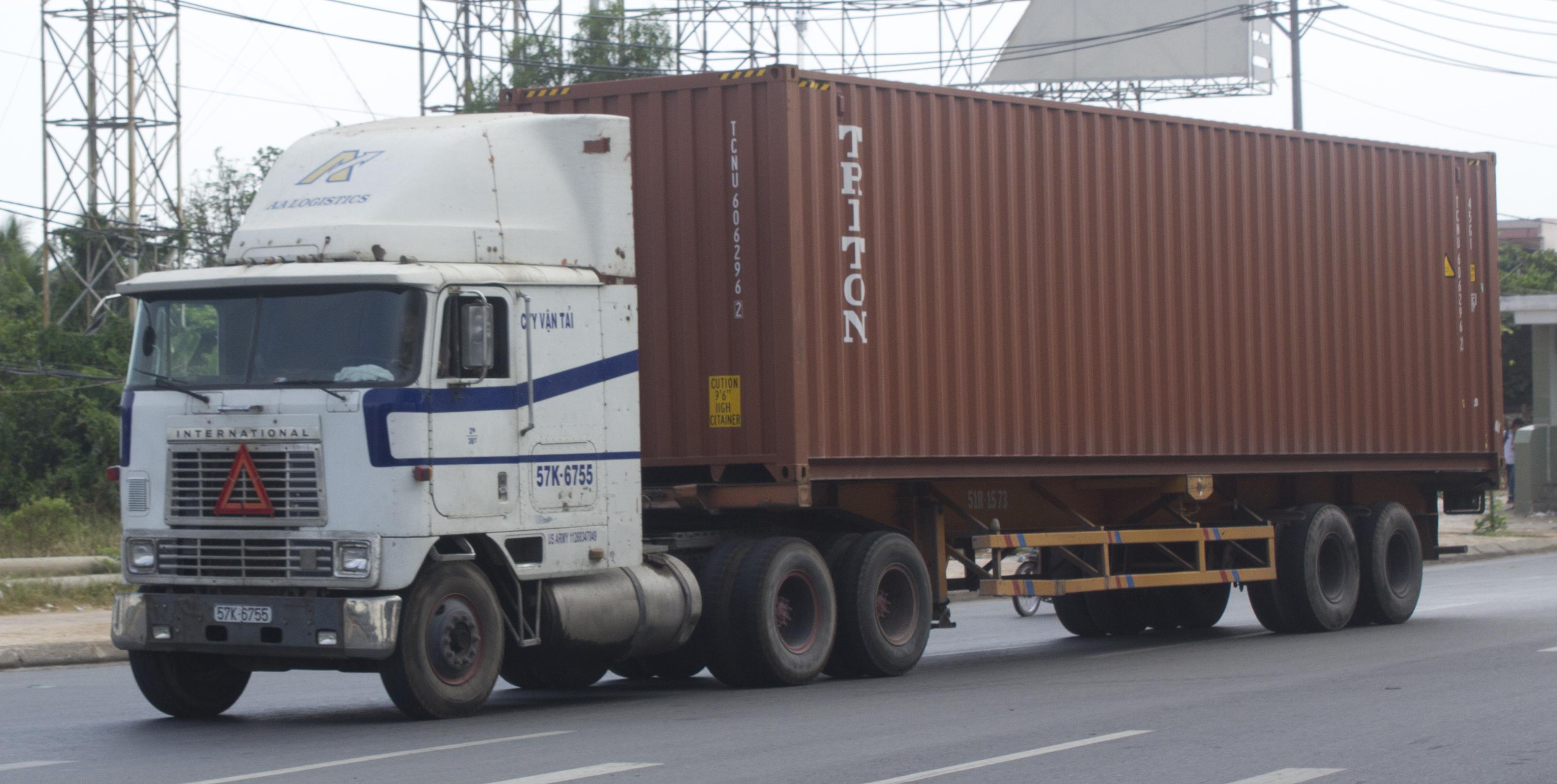
For years, whenever I have visited Savannah, I have loved to sit at the riverfront and watch with fascination the huge ships stream past, with freight containers stacked high like a child’s colorful building blocks, filled with goods shipped to and from distant shores.
On Georgia highways – especially I-16, I-95, I-75 and I-85 – we see a steady stream of those freight containers mounted on tractor trailers from the ports of Savannah and Jacksonville. Just east of downtown Atlanta there is a vast intermodal freight yard, transferring freight containers between trains and trucks.
With the upcoming expansion of the Port of Savannah, intermodal truck traffic across Georgia will greatly increase. Usually the drivers are careful and safe, but when bad things happen the results can be catastrophic.
Most people who see intermodal freight on the highways don’t know what they are seeing. But if you see a tractor trailer with markings from China or Europe, it is an intermodal freight container.
Intermodal freight transport involves the transportation of freight in an intermodal freight container using multiple modes of transportation – ship, rail and truck. The huge operational and economic advantage is that it requires no handling of the freight itself when changing between ships, rail and trucks. The method reduces cargo handling, and so improves security, reduces damage and loss, and allows freight to be transported faster.
Since the 1980s, the use of intermodal freight systems has exploded. Safety of the equipment became a major concerns, as many of the trailers used were essentially worn out trailers that were stripped to the chassis and painted over. There was no reliable way of tracking the origins of trailers when they failed mechanically with disastrous results.
Beginning in 2009, the Federal Motor Carrier Safety Administration has required registration and safety standards for intermodal equipment.
Few lawyers handling trucking cases realize that the rules also are interrelated in a way that treats the intermodal container chassis trailer as a commercial motor vehicle. Most lawyers also do not understand that an intermodal equipment provider can be classified as a statutory employer of a truck driver towing its trailer, and may therefore be classified as a motor carrier.
Few lawyers recognize there is legal authority for treating the tractor and towed trailers as a single unit, with the truck driver as a permissive user of the trailer.
When intermodal tractor trailers are involved in catastrophic crashes, there are sometimes four types of companies involved that may share responsibility if you go far enough up the food chain.
– Motor carrier. Often the trucking companies towing intermodal container chassis trailers are small, fly by night companies, with only the $1 million insurance policy required by the huge intermodal freight companies. We often see such companies that have only 20 or 30 leased trucks and no substantial assets which can easily bankrupt or disappear if faced with a claim over the $1 million insurance policy.
– Intermodal Equipment Provider. Intermodal equipment or chassis are the trailers used in the transfer of goods from a ship or rail car to trucks for final delivery. Companies that provide the container chassis trailers are called Intermodal Equipment Providers. They may be separate from or the same as a VOCC.
– Vessel Operating Common Carrier (VOCC). (1) Holds itself out to the general public to provide transportation by water of passengers or cargo between the United States and a foreign country for compensation. (2) Assumes responsibility for the transportation from the port or point of receipt to the port or point of destination. (3) Uses, for all or part of that transportation, a vessel operating between a port in the United States and a port in a foreign country
– Non Vessel Operating Common Carrier (NVOCC). A shipment consolidator or freight forwarder who does not own any vessel, but functions as a carrier by issuing its own bills of lading or air waybills and assuming responsibility for the shipments.
The VOCC, NVOCC and Intermodal Equipment Provider are often subsidiaries of much larger conglomerates.
When a small trucking company with the minimum insurance coverage allowed for interstate motor carriers is involved in a catastrophic crash on the highway, the whole system hides behind the small trucking company, denying that any of the other entities could possibly have any legal exposure or insurance coverage applicable to the crash. Most folks take those representations at face value.
The challenge is to get past the monkeys to the organ grinders, the much larger companies that set the wheels in motion.
The potential for holding a VOCC, NVOCC or Intermodal Equipment Provider accountable for negligent operation of the tractor and intermodal trailer is not widely understood. The intricacies of the legal relationships lay buried in the fine print of motor carrier and maritime regulations, international treaties, shipping documents and the Federal Register. It requires deep study far beyond what most lawyers have even attempted.
We have dug deeply into this area of law and are currently litigating these issues. We are prepared to represent families severely impacted by catastrophic crashes involving intermodal container chassis trailers towed across the highways of Georgia.
Ken Shigley is a past president of the State Bar of Georgia and currently chair-elect of the American Association for Justice Motor Vehicle Collision, Highway & Premises Liability Section. Author of Georgia Law of Torts: Trial Practice & Procedure, he is a board certified civil trial attorney of the National Board of Trial Advocacy. His regional litigation law practice is based in Atlanta, GA
 Georgia Truck Accident Attorney Blog
Georgia Truck Accident Attorney Blog

